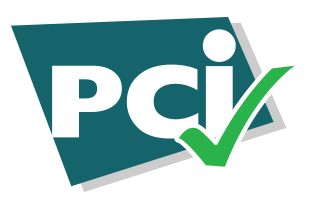Assets are categorized as either real tangible, intangible. or financial title of value. All assets can be said to be of economic value to a corporation or an individual. If it has a value that can be exchanged for cash, the item is considered an asset.
Tangible Assets are physical assets that have an intrinsic worth due to their substance and properties. Real assets include precious metals, commodities, real estate, land, equipment, and natural resources. They are appropriate for inclusion in most diversified portfolios because of their relatively low correlation with financial assets, such as stocks and bonds.
Intangible Assets are valuable properties that are not physical in nature. Such assets include patents, copyrights, brand recognition, trademarks, and intellectual property.
For a business, perhaps the most important intangible asset is a positive brand identity.
Financial assets are liquid properties that derive value from a contractual right or ownership claim. Stocks, bonds, mutual funds, bank deposits, investment accounts, and good old cash are all examples of financial assets. They can have a physical form, like a dollar bill or a bond certificate, or be nonphysical—like a money market account or mutual fund.
In contrast, a real asset—also known as a non-security—has a tangible form, and its value derives from its physical qualities. It can be a natural substance, like gold or oil, or a man-made one, like machinery or buildings.




